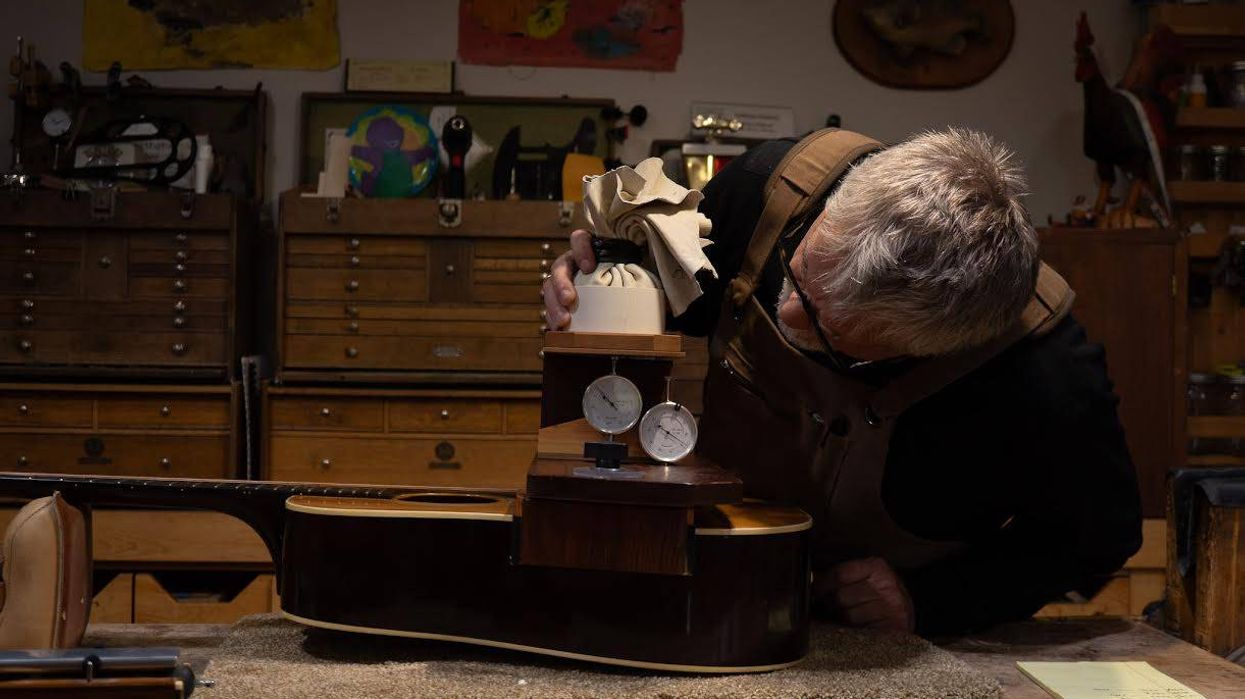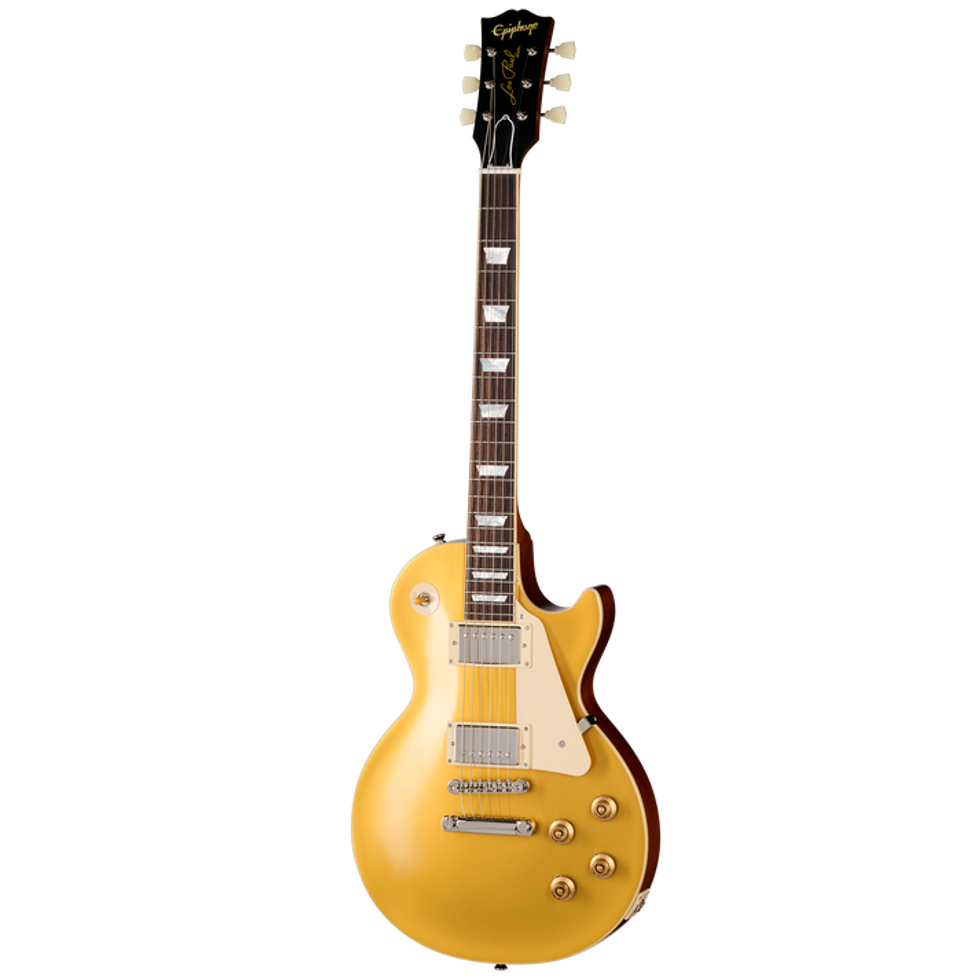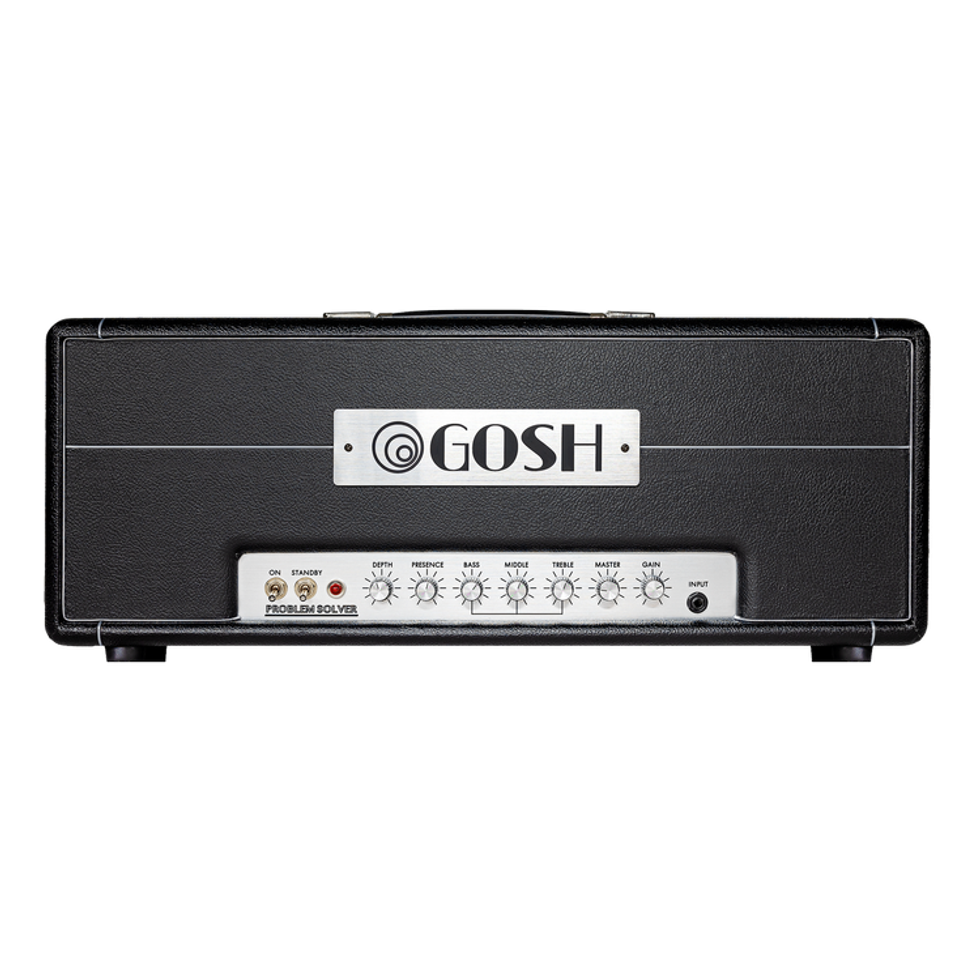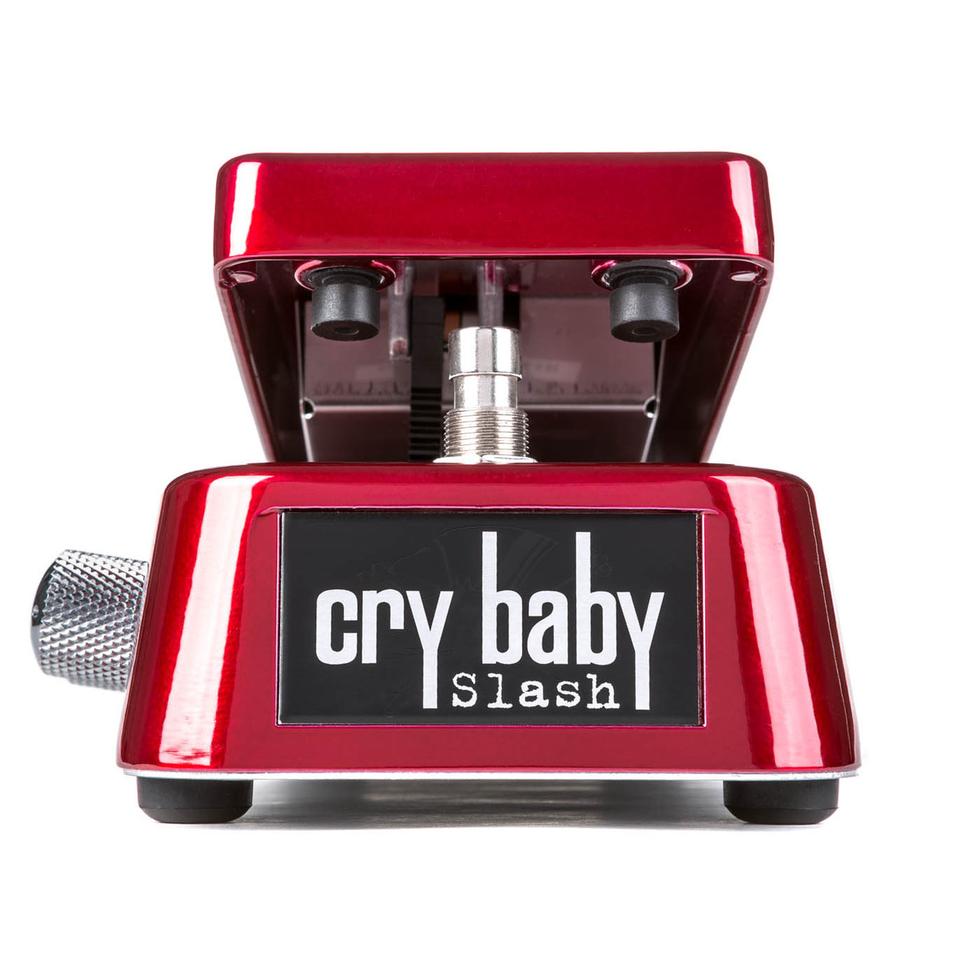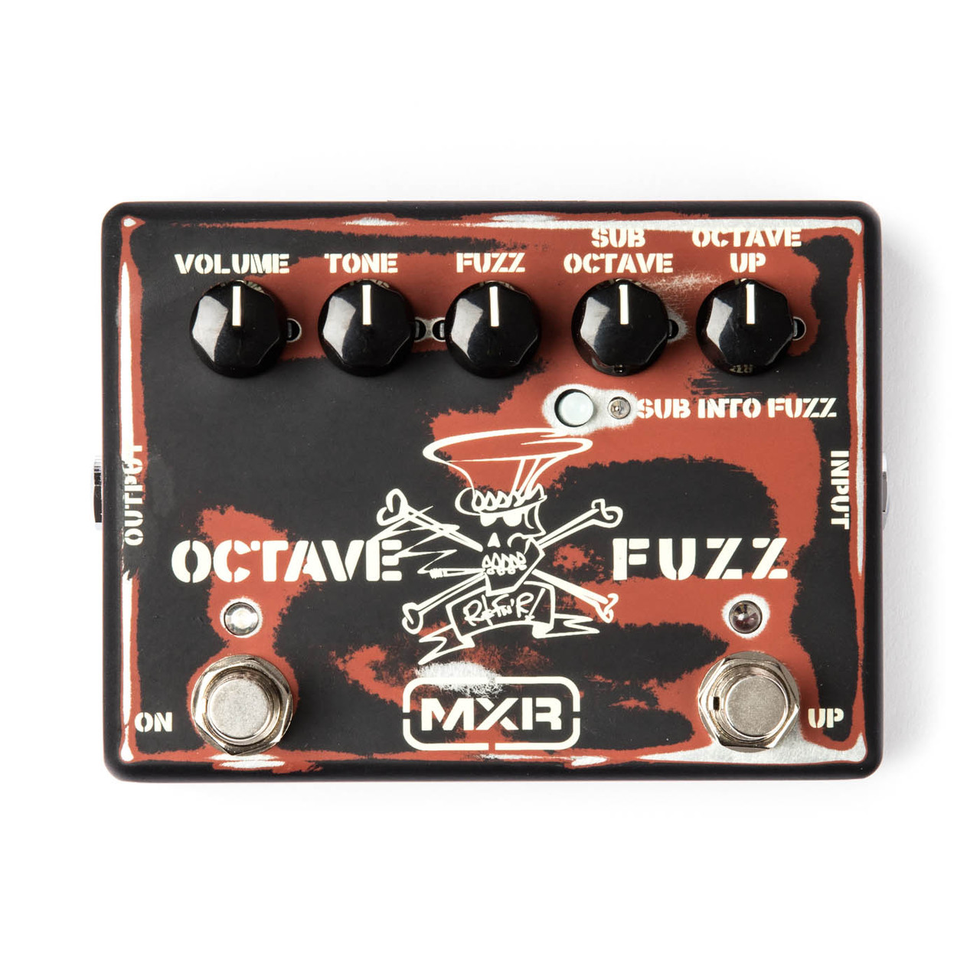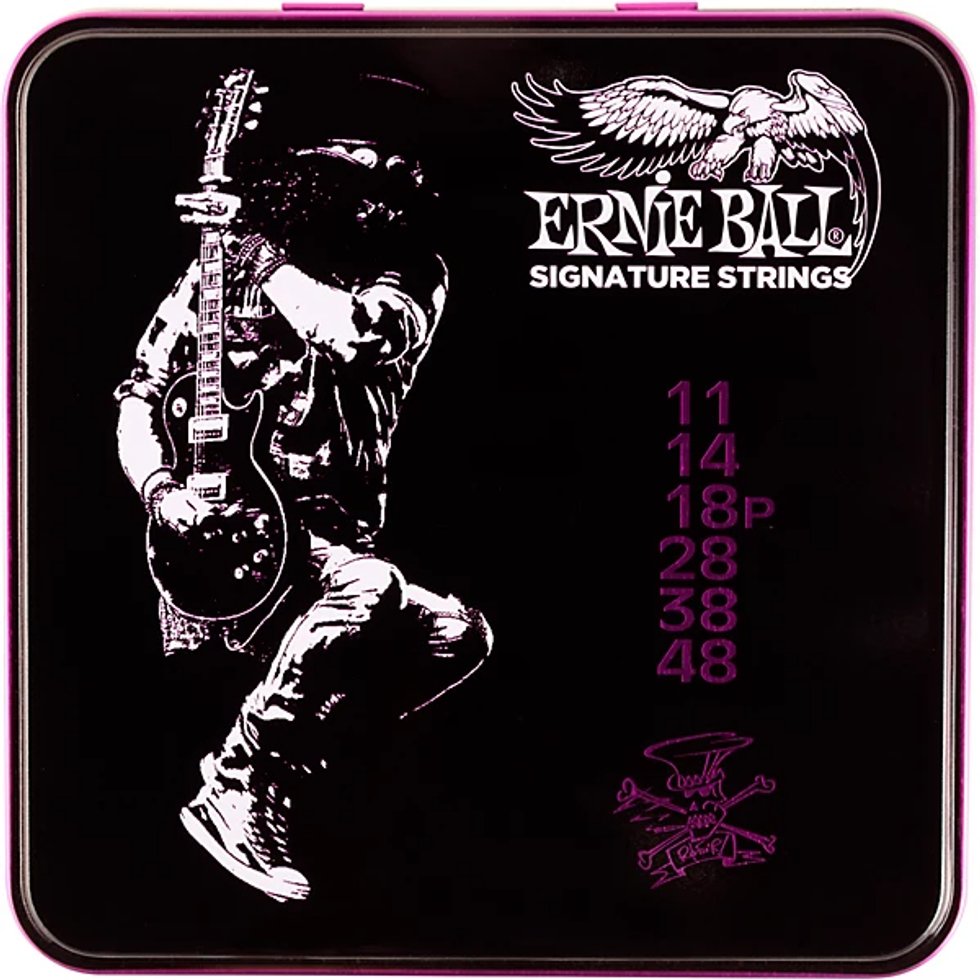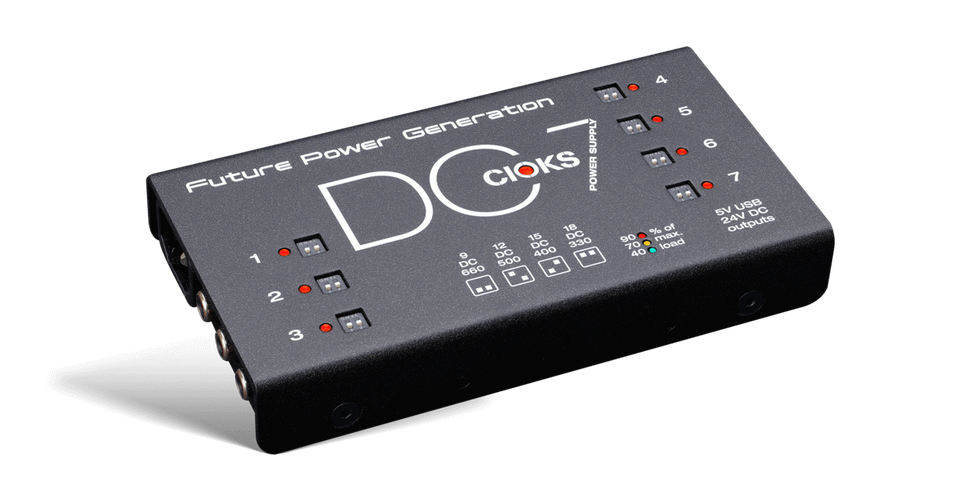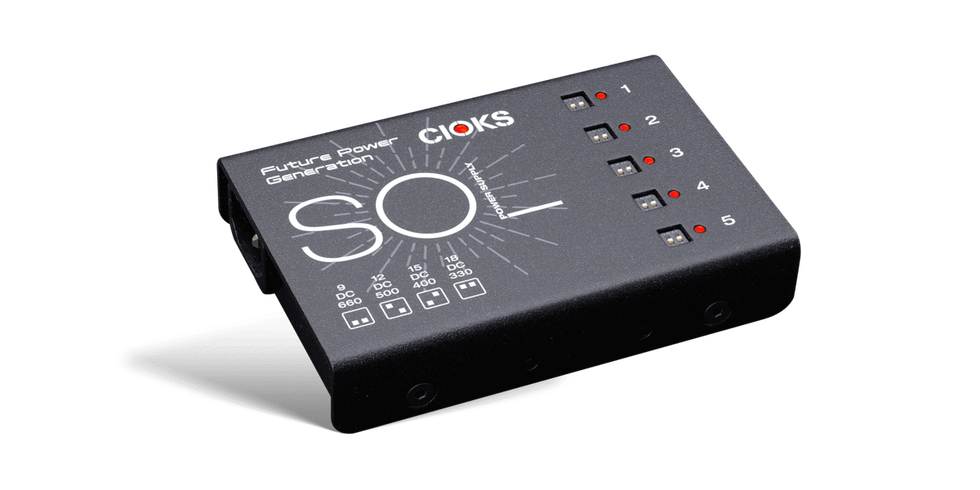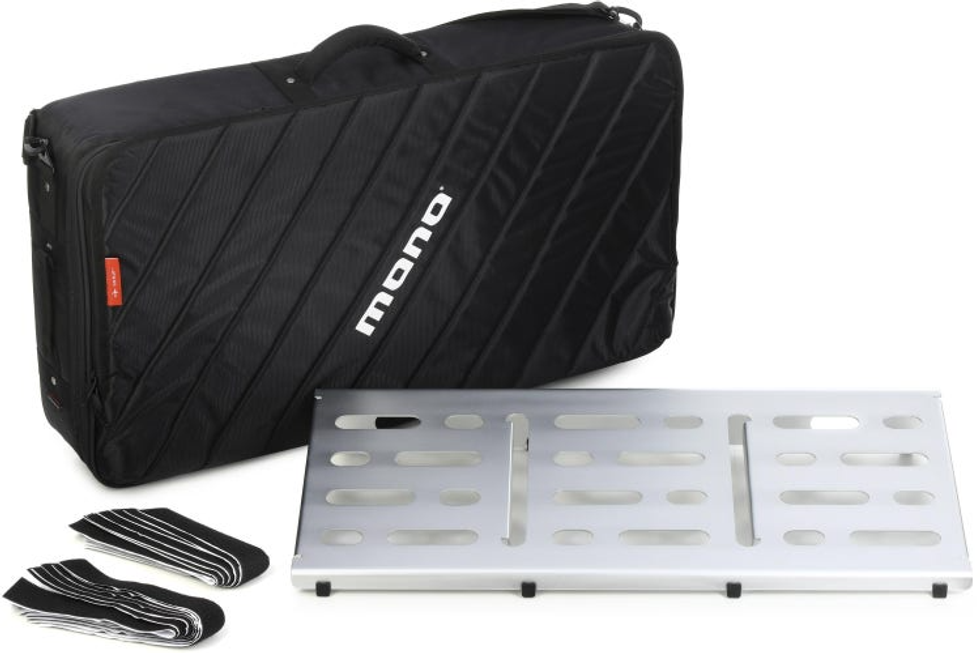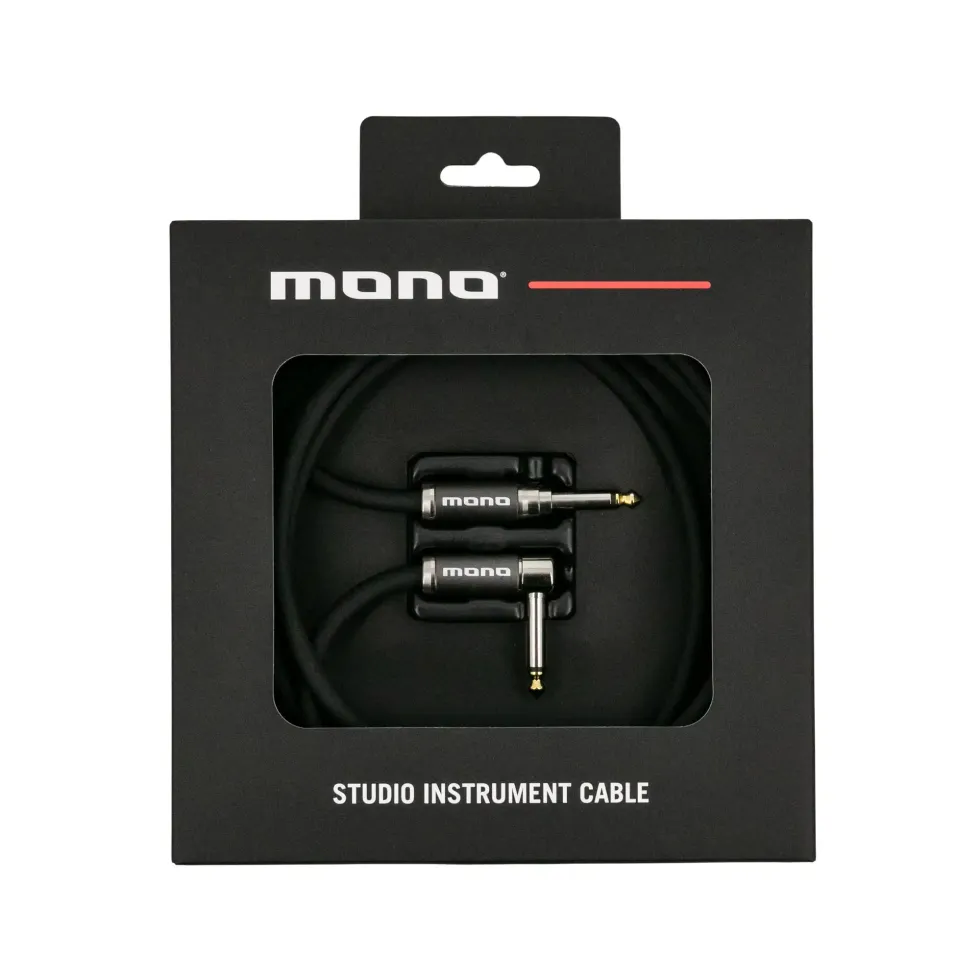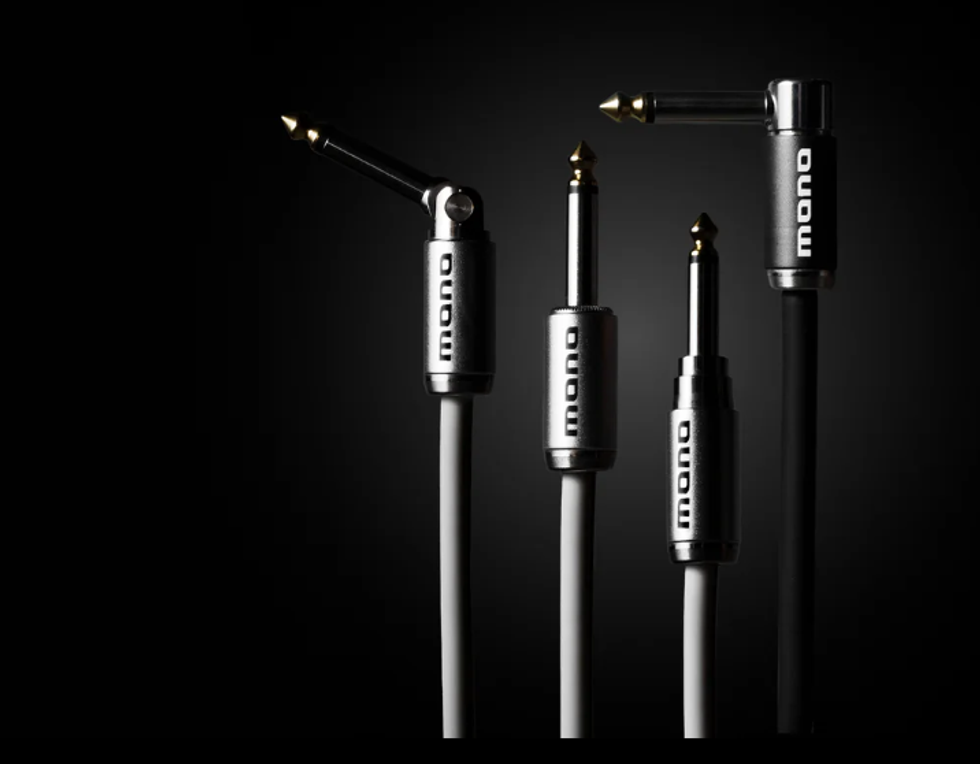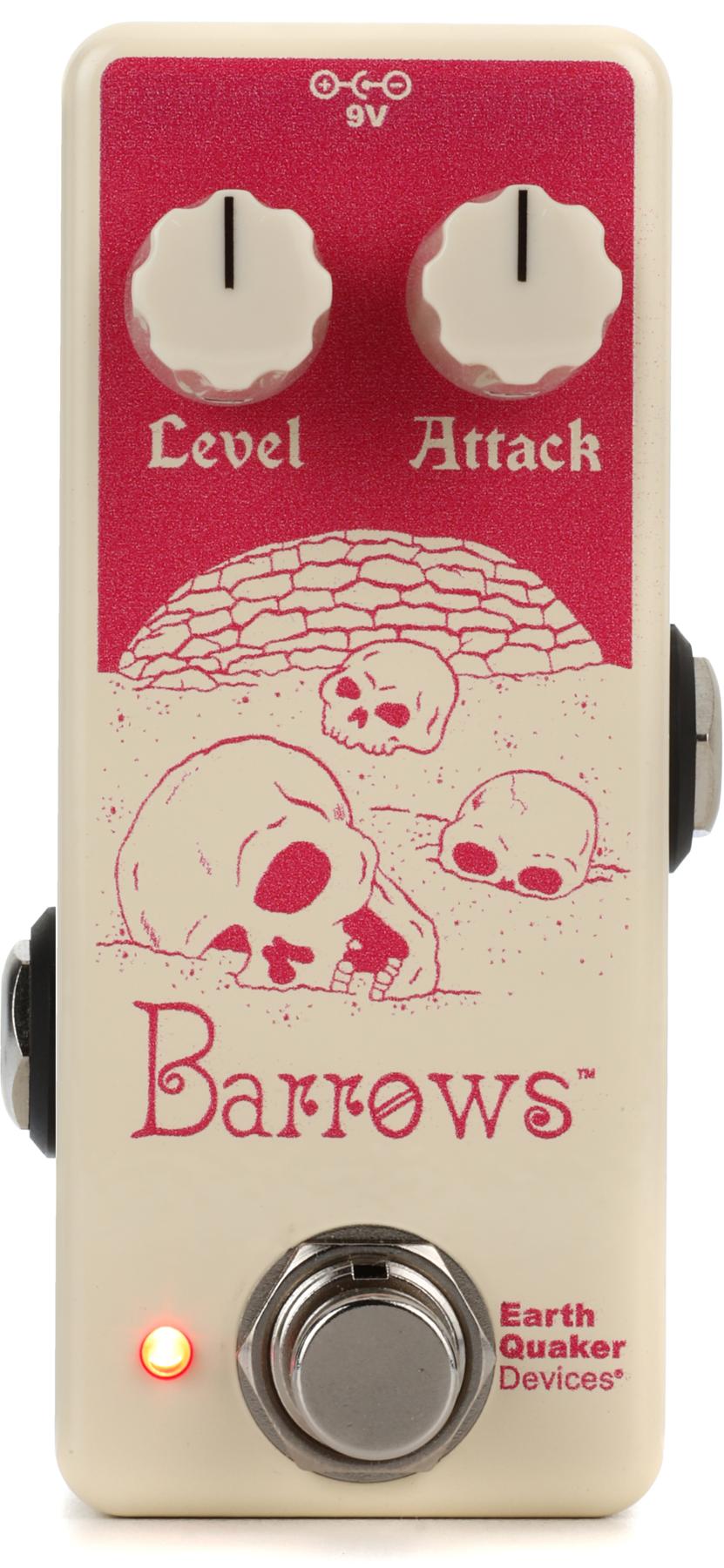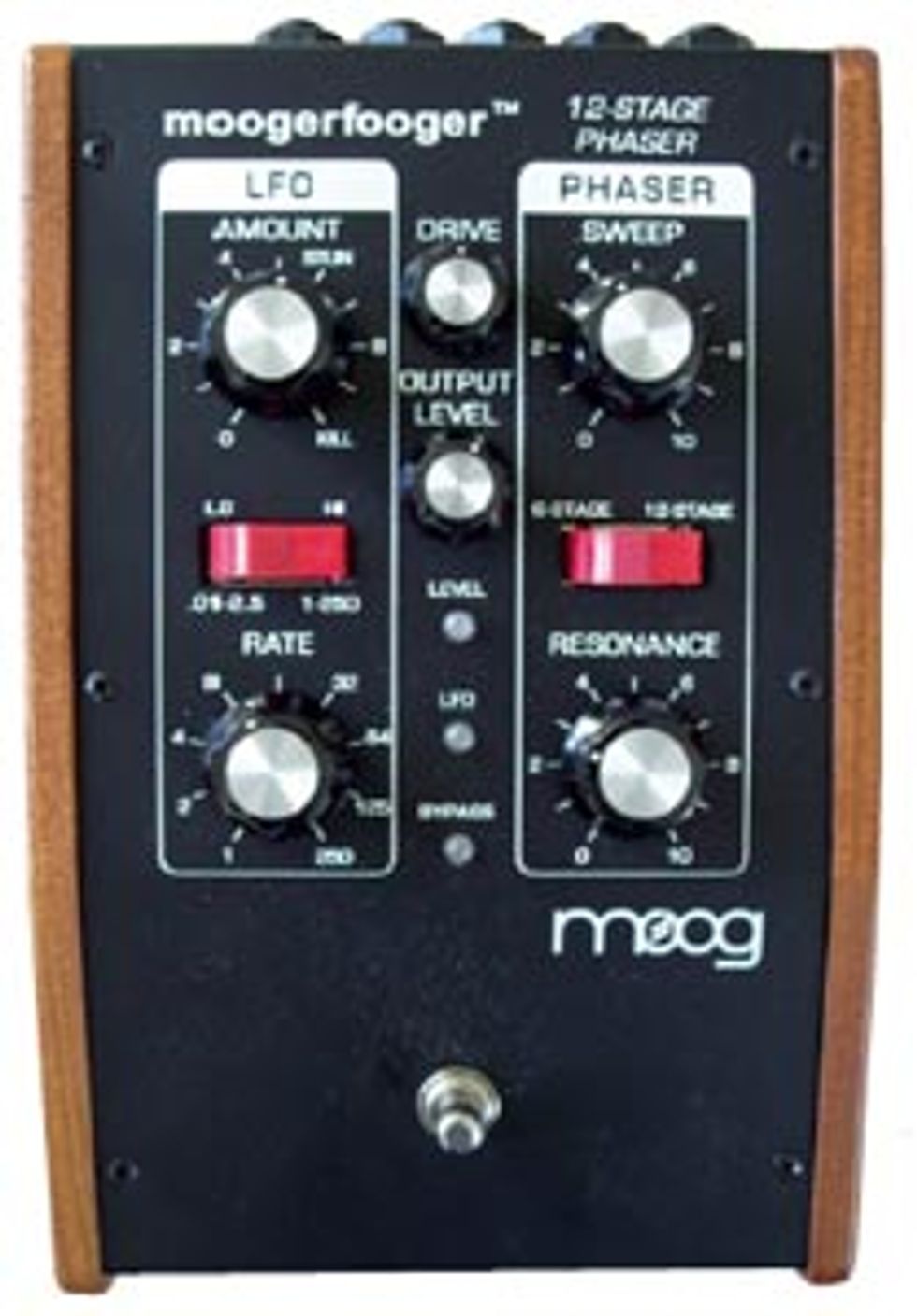 Greetings fellow tone freaks and gear geeks, and welcome to another exciting installment of “Stomp School.” This month we’ll be discussing how early synthesizer design has influenced a lot of what’s on our pedalboards now. I’ve been thinking about this quite a bit lately as I’ve been working on setting up a vintage keyboard studio as a side project. Alas, my lust for gear is not strictly limited to the stompbox. This is another thing I found I had in common with Analog Mike when we first met – in addition to guitars, amps and pedals, we both share a love for vintage keys and analog synthesizers.
Greetings fellow tone freaks and gear geeks, and welcome to another exciting installment of “Stomp School.” This month we’ll be discussing how early synthesizer design has influenced a lot of what’s on our pedalboards now. I’ve been thinking about this quite a bit lately as I’ve been working on setting up a vintage keyboard studio as a side project. Alas, my lust for gear is not strictly limited to the stompbox. This is another thing I found I had in common with Analog Mike when we first met – in addition to guitars, amps and pedals, we both share a love for vintage keys and analog synthesizers. Did you know that many effects most often used by guitarists were actually derived from analog synth technology? Not only that, but a good number of the effects that guitarists take for granted (such as the Univibe) were originally intended for use on keyboard instruments, and Bucket Brigade Delay chips (BBDs) were first used in electronic keyboards before appearing more commonly in effects pedals. In fact, the whole field of musical effects is inextricably linked to electronic keyboard technology. The electronic designs of synthesizers and effects pedals have much in common. Envelope modifiers, ring modulators and low-frequency oscillators were all synthesizer elements that ultimately found their way to stomp pedals. In fact, certain types of effects are really nothing more than an individual synthesizer element that’s been isolated and packaged to be used as a stand-alone device. So in a sense, a guitarist’s pedalboard can be viewed as a kind of modular synthesizer for guitar.
Some of the most well known analog synthesizers were actually designed by the very same engineers who created a number of stompbox classics. As we discussed last month, Musitronics co-founder Mike Beigel also started out by designing a synthesizer for Guild, and the Mu-Tron III was taken directly from this design. Electro-Harmonix engineer, David Cockerell, began his career at EMS building synthesizers. Synth pioneer Tom Oberheim started off making some of the early Maestro effects. And finally, the late Bob Moog, founding father of the modern synthesizer, is also responsible for producing a number of effects – there was the fabled Moog 12-Stage Phaser, a rackmount studio-quality effect manufactured in the seventies by Moog Music. The large, wedge-shaped Maestro effects of the same era were made by Moog Music as well. Moog Music continues to make effects devices today with the Moogerfooger line of effects.
The sound of analog synthesizers was often referenced as a starting point for many effects designs. Analog Mike recalls: “Some of the coolest recorded guitar sounds can fool people into thinking they were synthesizers. Ernie Isley’s lead tone on the Isley Brother’s 1973 smash hit ‘Who’s That Lady?’ comes immediately to mind. It was inspired by Santana and Hendrix, but took on a new twist by allegedly running an Electro-Harmonix Big Muff and a Maestro Phase Shifter together. The Roland Jet Phase was one pedal that combined the fuzz and phaser and can get a similar sound. Brian May of Queen used guitar effects for interesting sounds and put a disclaimer on the albums, ‘No Synthesizers!’ to drive home the point that it was his guitar playing you were hearing. He often used the Foxx Foot Phaser along with other boxes and studio effects. The Electro-Harmonix Micro Synth pedal was one of the most popular ways of making a guitar sound like a synthesizer, with cool attack delay settings and filter sweeps; they are still available today in a smaller package.
“The square wave effect was popular in the sixties and seventies for a fuzzy, buzzy guitar tone. DeArmond made a pedal called the Square Wave, but it was actually more of a fuzzy distortion pedal. A square wave is one of the oscillator output types on most synthesizers. A guitar signal can easily be converted to approximate a square wave just by using clipping diodes to chop the top and bottom off the signal.
“Another popular synthesizer effect was the vocoder, which allows the sound of the synth to be modified by a player singing or talking into a microphone, making the synth appear to talk (ala ‘Mr. Roboto’ by Styx or ELO’s ‘Mr. Blue Sky’). Electro- Harmonix made a vocoder for guitar but they are very complicated electronic circuits. A much easier and better solution for guitarists was the talkbox (Hello, Mr. Frampton, we love your Geico commercial, and Mr. Walsh you still rock!).”
Thanks Mike! Well, that’s a wrap for now. Check back with us next month when we’ll discuss “The Truth About Bypass.” Until then, keep on stompin’!
Tom Hughes
(a.k.a. Analog Tom) is the owner and proprietor of For Musicians Only (formusiciansonly.com) and author of Analog Man’s Guide To Vintage Effects. For Musicians Only is also the home of the FMO Gear Shop. Questions or comments about this article can be sent to: stompschool@formusiciansonly.com
Analog Man
(analogman.com) is one of the largest boutique effects manufacturers and retailers in the business, established by “Analog” Mike Piera in 1993. Mike can be reached at AnalogMike@aol.com




